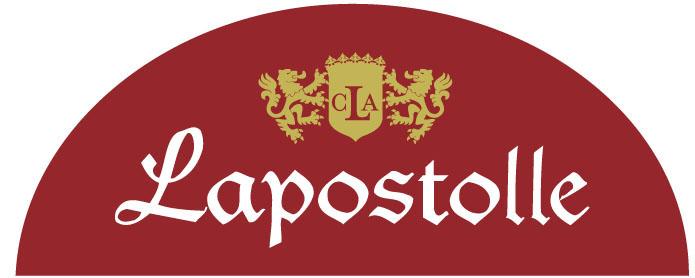2011 Rapel Valley Carmenere, Cabernet Sauvignon, Syrah, Pinot Noir
The Lapostolle Canto De Apalta from the 2011 vintage is a captivating red wine that showcases the harmonious blend of Carmenere, Cabernet Sauvignon, Syrah, and Pinot Noir. Originating from the renowned Rapel Valley, this wine features a medium to full-bodied profile with a pronounced level of acidity that invigorates the palate. Rich and vibrant red fruit flavors dominate the nose and palate, complemented by subtle herbal notes that add complexity. The tannins are firm yet well-integrated, providing a structured mouthfeel that enhances the wine's elegance. With its well-balanced dryness, this inviting wine is an excellent choice for pairing with hearty dishes or enjoyed on its own, inviting you to explore its depth with each sip.
The Lapostolle Canto De Apalta from the 2011 vintage is a captivating red wine that showcases the harmonious blend of Carmenere, Cabernet Sauvignon, Syrah, and Pinot Noir. Originating from the renowned Rapel Valley, this wine features a medium to full-bodied profile with a pronounced level of acidity that invigorates the palate. Rich and vibrant red fruit flavors dominate the nose and palate, complemented by subtle herbal notes that add complexity. The tannins are firm yet well-integrated, providing a structured mouthfeel that enhances the wine's elegance. With its well-balanced dryness, this inviting wine is an excellent choice for pairing with hearty dishes or enjoyed on its own, inviting you to explore its depth with each sip.




